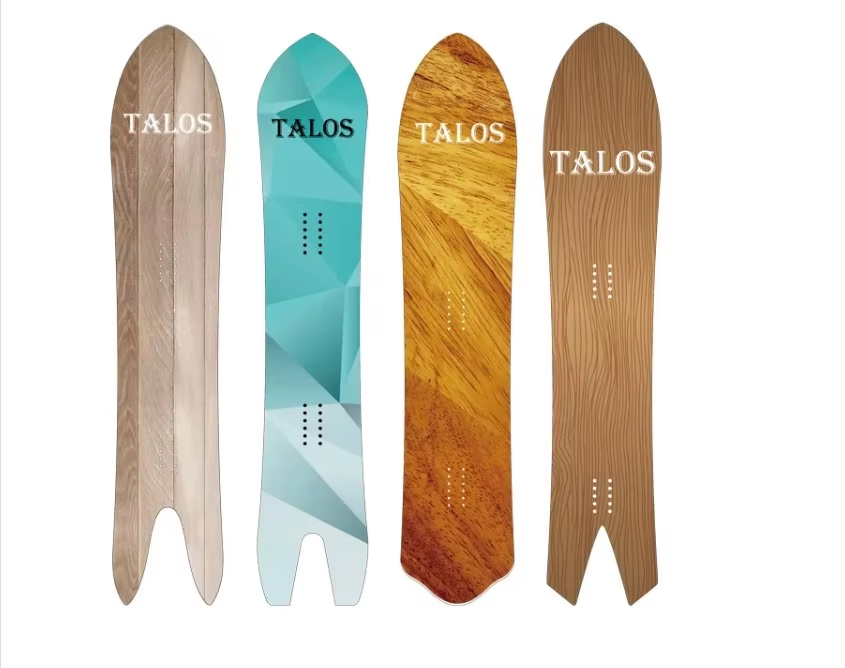Powder
Powder snowboards are typically soft to medium flex, allowing you to make precise, technical turns at lower speeds (i.e. through tree lines) while still being able to deliver a solid, responsive ride when you open up the throttle. You'll also often see that the flex is directional, with a softer nose and stiffer tail.
There's nothing better than hitting first chair to get fresh tracks in powder. That deep, fluffy, billowy stuff is what many snowboarders dream about. Snowboarding in powder can feel close to flying—a smooth, elegant, quiet ride where your board doesn't hit bottom and gravity doesn't fight you. But riding powder can be a challenge for beginners. If you don't know the techniques, you'll spend a lot of time falling and getting up, which will quickly tire you out. Your legs will also burn out more quickly if you're using poor form.
First, powder snowboards are designed to float on top of the powder, so they are wider and have a different shape than traditional snowboards. This makes them great for carving turns and getting through deep powder, but it can also make them more difficult to control on hardpacked snow.

Image by:unknown by google